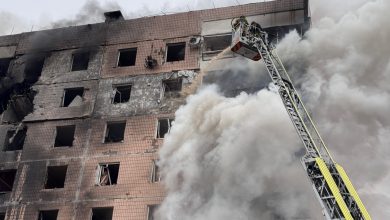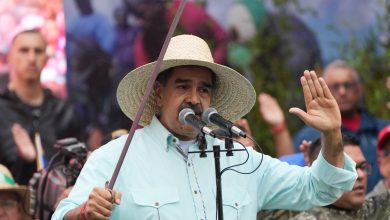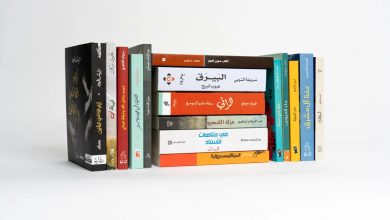August 20 stands as one of the most symbolic dates in Algeria’s struggle for independence, bringing together two decisive events that shaped the course of the National Liberation War: the North Constantine uprising of 1955 and the Soummam Congress of 1956.
The uprising in North Constantine, launched on August 20, 1955, was spearheaded by Zighoud Youcef, a commander of the National Liberation Front (FLN). It mobilized thousands of ordinary Algerians into open revolt against French colonial forces, marking the first large-scale, coordinated insurrection after the outbreak of the revolution on November 1, 1954. Though it came at a heavy price—met with ruthless repression by the colonial army, which killed tens of thousands of civilians—it succeeded in breaking the sense of isolation surrounding the revolution. More importantly, it captured international attention, shifting Algeria’s struggle from a localized conflict to a recognized part of the global anti-colonial movement.
One year later, on August 20, 1956, the Soummam Congress convened in Ifri Ouzellaguen, in the Kabylie region. Held in secrecy under extremely difficult wartime conditions, it brought together key FLN leaders to provide the revolution with its first structured political and organizational framework. The Soummam Charter, adopted during the congress, emphasized the primacy of internal leadership over external delegations, the priority of political action over military operations, and the need for a centralized, disciplined revolutionary structure.
These two milestones—one representing the mass entry of the people into the fight, the other establishing the strategic roadmap for the liberation movement—are commemorated together as a turning point in Algeria’s path to independence. They highlight both the sacrifice of the Algerian population and the foresight of revolutionary leaders who transformed scattered resistance into a unified national struggle.
Today, August 20 remains a date of remembrance and national pride, celebrated across Algeria as a symbol of resilience, unity, and the country’s rightful place in the history of anti-colonial liberation movements.




